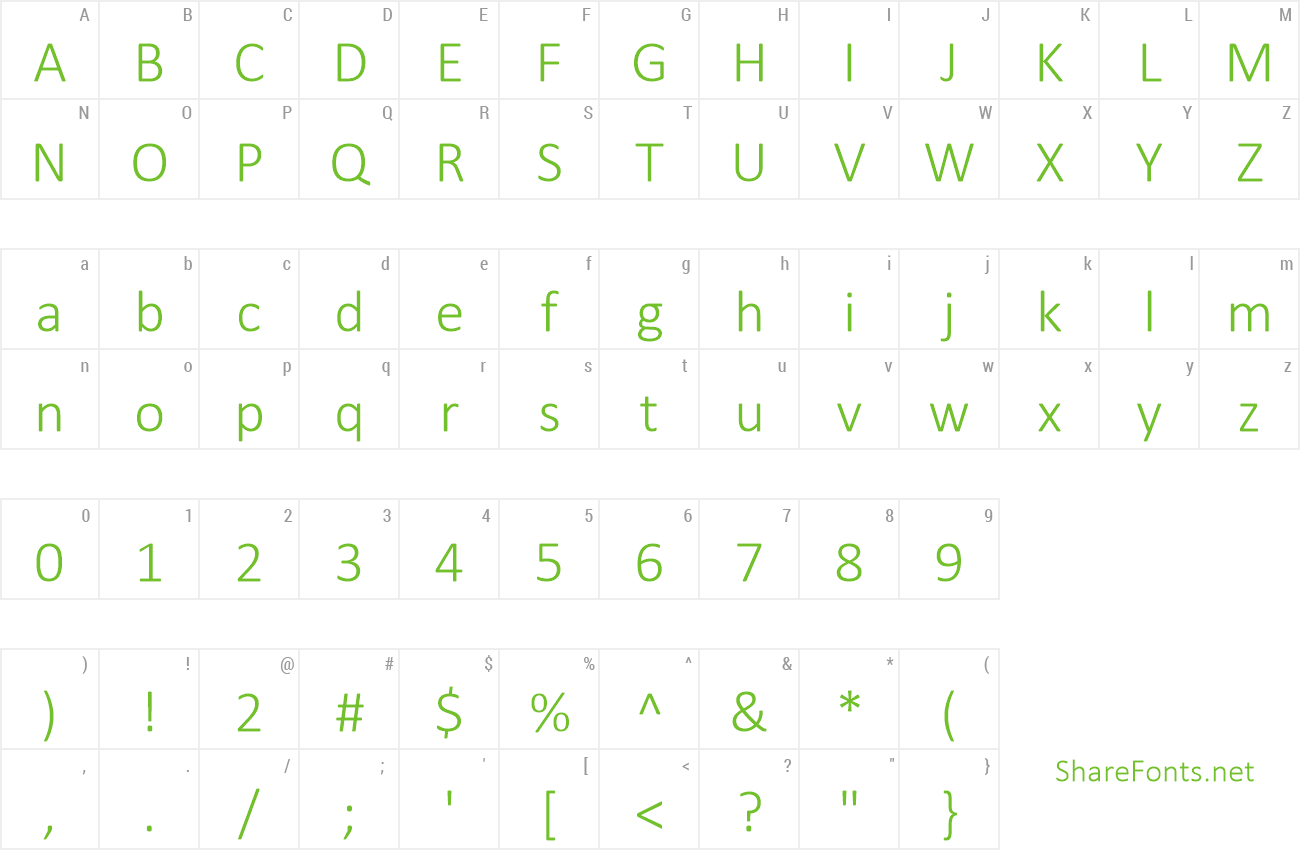

- #Calibri font family free software
- #Calibri font family free license
- #Calibri font family free windows
For use in other operating systems and web apps, a license may be obtained from Ascender Corporation and its parent company Monotype Imaging. Ĭalibri is also distributed with Excel Viewer, PowerPoint Viewer, the Microsoft Office Compatibility Pack for Windows, and the Open XML File Format Converter for Mac.
#Calibri font family free software
Calibri and the rest of the ClearType Font Collection were finally released to the general public on January 30, 2007, since when it has been released with most Microsoft software environments.
#Calibri font family free windows
It was first presented in a 2005 beta of Windows Vista, then codenamed Longhorn, and first became available for use with the Beta 2 version of Office 2007, released on May 23, 2006. īecause of the long development of Windows Vista, Calibri's development – from 2002 to 2005 – occurred several years before the release of that OS.

Joe Friend, a program manager on Word for Office 2007's release, explained that the decision to switch to Calibri was caused by a desire to make the default font one optimised towards onscreen display: "We believed that more and more documents would never be printed but would solely be consumed on a digital device", and to achieve a "modern look". Availability Ī comparison between Calibri and Carlito in some of the more different glyphsĬalibri is the default typeface of Microsoft Office and much other Microsoft software. De Groot has also said in 2016 that he would like if possible to add Bulgarian alphabet variant letterforms at a later date. Īs of 2017, a Hebrew alphabet version is in development. The design has similarities to de Groot's much more extensive TheSans family (a humanist font) and shares similarities with humanist fonts, although this has straight ends rather than rounding. One potential source of confusion in Calibri is a visible homoglyph, a pair of easily confused characters: the lowercase letter L and the uppercase letter i (l and I) of the Latin script are effectively indistinguishable this is true of many other common fonts, however. Some features in Calibri remain unsupported by Office, including true small caps, all-caps spacing, superscript and subscript glyphs and the ability to create arbitrary fractions these may be accessed using programs such as Adobe InDesign. Calibri makes extensive use of sophisticated OpenType formatting it features a range of ligatures as well as lining and text figures, indices (numbers enclosed by circles) up to 20, and an alternate f and g accessible by enabling the fourth and fifth stylistic sets.

The typeface includes characters from Latin, Latin extended, Greek and Cyrillic scripts. Its sloped form is a "true italic" with handwriting influences, which are seen in many modern sans-serif typefaces. Ĭalibri features subtly rounded stems and corners that are visible at larger sizes. The other fonts in the same group are Cambria, Candara, Consolas, Constantia and Corbel. All start with the letter C to reflect that they were designed to work well with Microsoft's ClearType text rendering system, a text rendering engine designed to make text clearer to read on liquid-crystal display monitors. Ĭalibri is part of the ClearType Font Collection, a suite of fonts from various designers released with Windows Vista. De Groot described its subtly rounded design as having "a warm and soft character". In Office 2007, it replaced Times New Roman as the default typeface in Word and replaced Arial as the default in PowerPoint, Excel, Outlook, and WordPad. Luc(as) de Groot (Standard Latin, Cyrillic, Greek, and Hebrew) Mamoun Sakkal (Arabic) Ruben Tarumian (Armenian and Georgian) Ĭalibri ( / k ə ˈ l iː b r i/) is a sans-serif typeface family in the humanist design, designed by Luc(as) de Groot in 2002–2004 and released to the general public in 2007, with Microsoft Office 2007 and Windows Vista.

Sans-serif typeface family designed by Luc(as) de Groot in 2002–2004 Calibri


 0 kommentar(er)
0 kommentar(er)
